My wife has BAD tendonitis of both shoulders. She now is going to require a hydrocortisone shot. Acutally she needs two! One in each shoulder. What is going to happen now? Does this mean that she is going to loose lots of muscle? Does this mean she is going to get fat? And if so, is there a way to stop this from happening?
She has been on anti-inflammatory medication for quite some time now but it is not helping her at all. So that is why now she needs to get these shots.
She has been on anti-inflammatory medication for quite some time now but it is not helping her at all. So that is why now she needs to get these shots.


 Please Scroll Down to See Forums Below
Please Scroll Down to See Forums Below 











